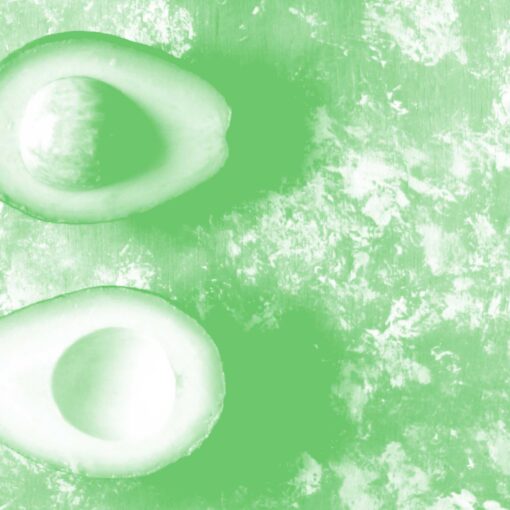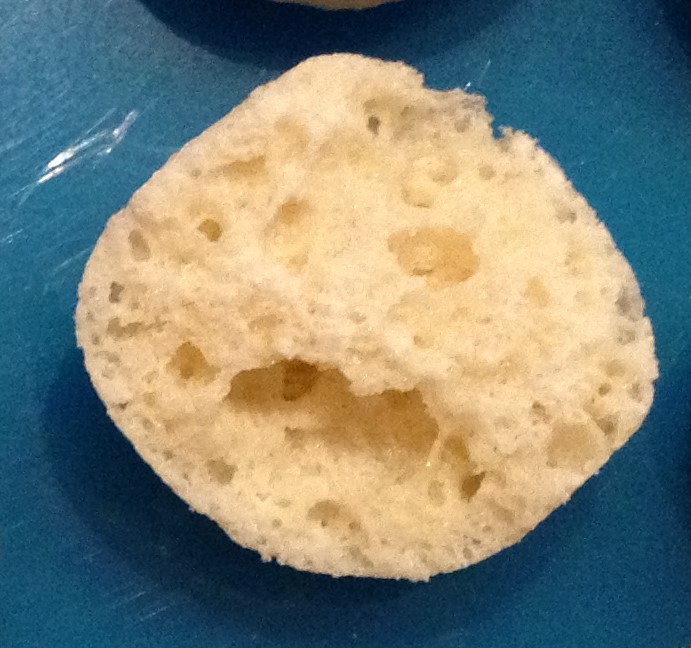The dairy sector and dairy innovation is currently considered one of the top three most innovative sectors within Europe. Between 2022 to 2029 the dairy desserts market1 is expected to growth at a rate of 4.27% whilst the global frozen desserts sub-sector will exceed that, at CAGR of 5.5%, during the forecast period up until 20262.
Drivers for growth in dairy innovation include in consideration of allergies as well as the uptake of plant-based diets3. For example, Lactose-free ice cream has an expanding presence in the freezer cabinets alongside the growing portfolio of healthier premium dessert products. These innovations are providing consumers with the right balance of sensory qualities using texture modifiers, crystallization inhibitors and natural flavours. Healthier nutritional profiles are being achieved through reduced sugar and fat offerings using key functional ingredients such emulsion stabilizers, whilst enhanced nutrient density is possible through, for example, protein enrichment. The availability of plant-based and non-dairy offerings is also adding a new dimension and helps formulators create dairy product solutions without compromising taste, texture or label simplicity.
Consumers are increasingly seeking plant-based beverages, shakes and desserts that are high in protein, minimally processed, pure and natural, and also taste great. Opportunities exist to widen the appeal of indulgent products for the free-from and vegan markets through the use of protein sources such as oats, pulses and wheat. Overcoming the challenges relating to achieving innovative dairy product design, value engineer existing products, or reformulate to adjust for broken supply chains, requires fundamental knowledge of affordable health-promoting ingredients and systems.
Smooth operator
The smooth texture, a function of the fat-content, is a key component of indulgent mouthfeel. Certain ingredients have natural properties, such as wate- and fat-binding, and mimic the meltaway characteristics of fat. Derived from natural sources, such as potato and maize, these ingredients can also help with that important clean label positioning.
Another option for enhancing the mouthfeel of fat-reduced dairy products is the use of soluble fibre such Fructo-oligosaccharides (FOS). The range of prebiotic fibres is no longer limited to inulin, with alternatives from cane or beet sugar becoming available. Galacto-Oligosaccharides, (GOS), derived from milk, is also available for dairy products where ‘vegan’ status is not important.
These sweet tasting soluble fibres are also effective in sugar reduction, and can be used alongside intense sweeteners such as stevia, sucralose or polyols such as erythritol. The use of soluble fibres has the added benefit of providing additional fibre to the product, as well as pre-biotic properties.
Enzyme activity
Enzymes can unlock the nutritional potential and functionality of milk and optimise the performance and profile of dairy products. Enzymes are typically classified as a processing-aid, so are not required on the ingredient declaration, maintaining that label clean!
Enzymes can also be used to convert the lactose to Galacto-oligosaccharides, (GOS), a soluble-fibre, which can enable fibre and prebiotic claims. These are innovations that can be employed in milk, yoghurts and ice-creams as well as other dairy-based desserts. Lactase breaks down the lactose into glucose and galactose, the end result is a low lactose product, making it more accessible to the estimated 68% of the world’s population which suffer from Lactose malabsorption4.
Lactase can also break-down the milk sugar (lactose) into components with greater sweetness, allowing lower in-use levels, and so reducing sugar. For dairy products, enzymes are valuable components when reformulating for health.
Desserts also need to be indulgent, and a stronger protein network within a yoghurt, increasing its viscosity, and the perception of creaminess and luxury can be enabled through the selection of the right enzyme treatment.
Making the right choice.
Dairy products are under considerable pressure to provide indulgent products with improved nutritional profiles, which isn’t always straightforward. But, across the wide range of dairy products there is significant opportunity to rise to the challenge of improving their nutritional profile. Careful selection of the right ingredients has to be the most positive step any producer can make.
Free Dairy Innovation Webinar
The Univar Solutions Food Ingredients team is hosting a free webinar on the 22nd June 2022 to address the challenge of the healthy bread basket and to discuss formulating healthy bakery products and showcase some of the most functional and innovative ingredients and technologies.
Discover Wellness in Dairy Register Now for the free Dairy Innovation webinar
- Global Dairy Desserts Market – Industry Trends and Forecast to 2029 https://www.databridgemarketresearch.com/reports/global-dairy-desserts-market
- Frozen desserts market – growth, trends, covid-19 impact, and forecasts (2022 – 2027). https://www.mordorintelligence.com/industry-reports/frozen-dessert-market
- All the food claims and benefits you need to keep dairy consumers healthier, and happier Novozymes Dairy E-book https://biosolutions.novozymes.com/sites/default/files/file_download/Dairy-Ebook_booklet_draftversion_1.pdf
- Storhaug CL, Fosse SK, Fadnes LT. Country, regional, and global estimates for lactose malabsorption in adults: a systematic review and meta-analysis. The Lancet. Gastroenterology & Hepatology. 2017;2(10):738–746.




